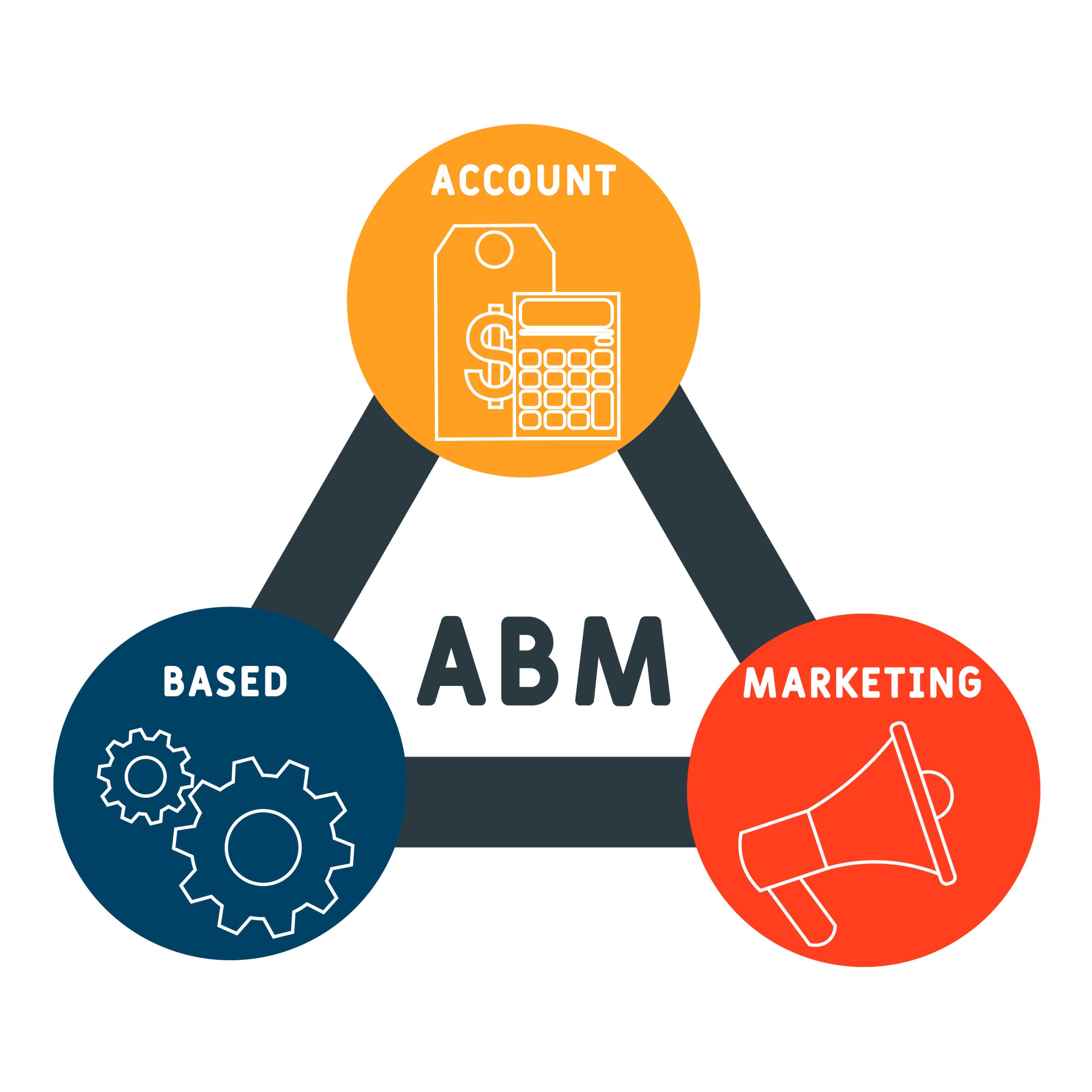Forrester’s 2021 B2B Buying Study underscored some trends that most B2B marketers had already sensed: the tumult of the last few years changed the way organizations approach buying decisions. Purchase decisions are even more of a group effort now, which in part explains the widespread embrace of account-based marketing tactics. ABM’s focus on accounts, as opposed to individuals, is a better fit for how today’s buyers get information and compare options before making a decision.
Marketing teams that are launching or relaunching an account-based marketing strategy will be better served by taking an incremental approach, rather than rolling out an ABM strategy all at once. However, a phased-in deployment means there will be a lag time between ABM strategic rollout and a full accounting of the return on investment. That doesn’t mean there aren’t opportunities to enhance value during the incremental launch. Here are five ways to maximize ABM during the rollout process.
- Assess your ideal customer profile (ICP): Identifying an ICP isn’t a one-and-done exercise; even under normal circumstances, marketplaces and products evolve, new competitors enter the arena, customer pain points emerge, and edge trends in industries become more established. Any and all of these factors might have an effect on your ICP. And frankly, we haven’t been living through normal circumstances for the past few years, so frequent assessment of the ICP is a must.
- Evaluate signals: Signals from target accounts will start coming in as soon as you roll out a pilot campaign to test your ABM strategy, and you can start assessing reactions immediately so you can refine your approach as needed. Are the right people filling out webforms, downloading whitepapers, clicking ads, viewing webinar content, etc.? Are they consuming content in the expected order? Answering these questions will be critical to the success and pivot of your ABM strategy.
- Review the buying group: As we’ve discussed, a B2B purchase decision typically isn’t a solo journey. Often, there are six to 10 buyers involved in the decision. As you roll your ABM campaign out and start receiving signals, you’ll be able to zero in on which members of the buying group are responding to which marketing assets. They’re all potential leads, but it’s crucial to make sure your defined buying group contains the right people, which you can confirm through a review.
- Meet regularly: In a sense, “account-based marketing” is a misnomer because ABM involves the sales team too, not just the marketing group. B2B organizations that align their sales and marketing teams around the CRM and meet regularly get better results. In fact, we’ve seen Full Circle Insights clients double productivity when they align more closely with sales and use attribution models and funnel metrics to measure performance, though a 30% improvement is more typical.
- Conduct A/B tests: When launching or relaunching an ABM strategy, it’s a good idea to conduct A/B testing to get insight on which elements of your approach are most effective. With A/B testing, you can identify which messages work best for the target account and members of the buying group, which channels are most effective for delivering content, which campaign types perform best, etc. That way, you’ll ensure that your rollout is as effective as possible.
The key to long-term success with an ABM strategy is to create a positive cycle, using measurement to continually refine campaigns, make better budget allocation decisions and improve process efficiency. But in the short term, while you’re incrementally deploying an ABM approach, you can optimize it before campaigns start generating ROI. By following these five steps, you can maximize returns.



